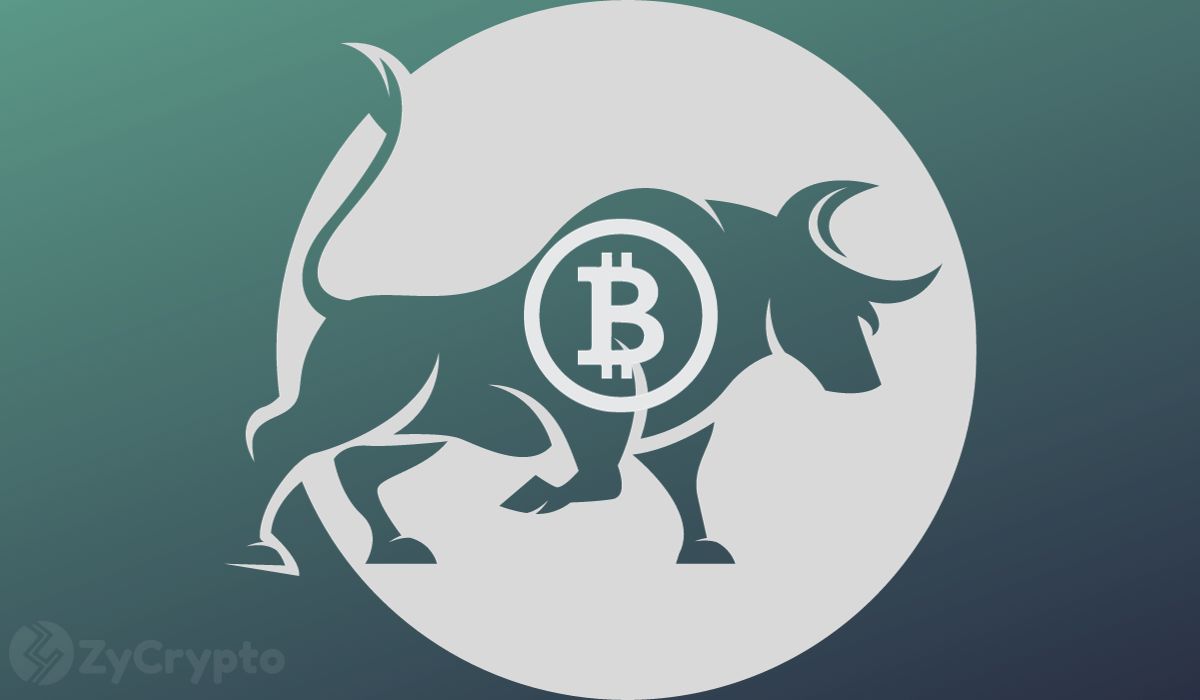Cardano Enters Bitcoin DeFi Arena with Launch of "Cardinal" Protocol
Cardano has introduced Cardinal, its first decentralized finance (DeFi) protocol tailored for Bitcoin users. Announced by Cardano founder Charles Hoskinson on June 9 via X, Cardinal was developed by Input...

Cardano has introduced Cardinal, its first decentralized finance (DeFi) protocol tailored for Bitcoin users.
Announced by Cardano founder Charles Hoskinson on June 9 via X, Cardinal was developed by Input Output, the team behind Cardano’s research and development.
🧵1/ Introducing Cardinal Protocol 🟧
A new primitive for Bitcoin:
→ Wrap any BTC UTXO
→ Find DeFi yield with it: lending, staking, borrowing
→ Trust-minimized (1-of-n honest operator)We made history with the 1st cross-chain Ordinal wrap!
— Romain Pellerin🇫🇷🇺🇸 (@rom1_pellerin) June 9, 2025
This new protocol enables Bitcoin holders to participate in DeFi activities like lending, staking, and borrowing without relying on centralized bridges or traditional custodians. Cardinal operates by wrapping Bitcoin, specifically its unspent transaction outputs (UTXOs). UTXOs are leftover portions of Bitcoin from previous transactions that represent ownership. The protocol converts these UTXOs into wrapped tokens, maintaining a 1:1 peg with Bitcoin. Users can securely and fraud-resistantly redeem their wrapped BTC at any time.
What sets Cardinal apart from traditional wrapped Bitcoin solutions is its trust-minimized architecture. Rather than relying on a central custodian or a federated network, Cardinal leverages MuSig2, a cryptographic protocol that enables multiple participants to jointly sign transactions. This enhances security and decentralization, reducing the need for intermediaries.
Cardinal ensures that the original Bitcoin remains securely locked on its native blockchain, maintaining system integrity even if only one participant acts in good faith. A standout feature of the protocol is its stance on rehypothecation. Unlike traditional financial systems and some crypto platforms, where custodians may reuse user assets without full transparency, Cardinal grants users full control of their holdings while preserving the underlying Bitcoin.
The protocol also integrates BitVMX, an off-chain execution framework that supports decentralized, complex operations on Bitcoin. When combined with Cardano smart contracts and Bitcoin’s native scripting language, this setup enables seamless and secure asset transfers between the two networks without relying on centralized bridges.
Despite these technical strides, Cardano’s DeFi ecosystem has seen a drop in total value locked (TVL), falling from a peak of $415 million in May to approximately $334 million by June 10, according to DefiLlama.
In another development, Nubank, a financial institution in Latin America supported by Berkshire Hathaway, has enhanced its crypto offerings by adding Cardano (ADA), Near Protocol (NEAR), Cosmos (ATOM), and Algorand (ALGO) to its platform.
If you want to read more news articles like this, visit DeFi Planet and follow us on Twitter, LinkedIn, Facebook, Instagram, and CoinMarketCap Community.
“Take control of your crypto portfolio with MARKETS PRO, DeFi Planet’s suite of analytics tools.”
Don't miss out!
Subscribe To Our Newsletter
Give it a try. You can unsubscribe at any time.

Buddy Jewel is a finance writer specializing in cryptocurrency news. With a keen eye on the latest developments in the digital asset space, I provides insightful and timely updates on the ever-evolving world of crypto.
Delegate Your Voting Power to FEED DRep in Cardano Governance.
DRep ID: drep12ukt4ctzmtf6l5rj76cddgf3dvuy0lfz7uky08jfvgr9ugaapz4 | We are driven to register as a DRep by our deep dedication to the Cardano ecosystem and our aspiration to take an active role in its development, ensuring that its progress stays true to the principles of decentralization, security, and community empowerment.DELEGATE VOTING POWER!










